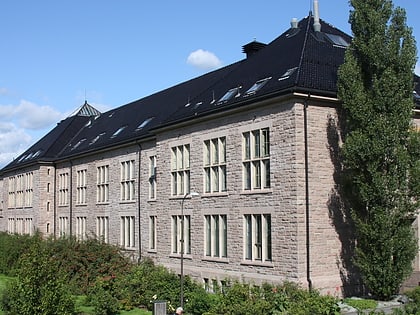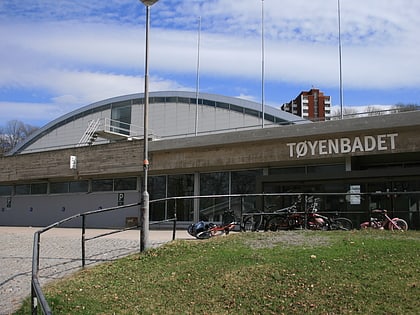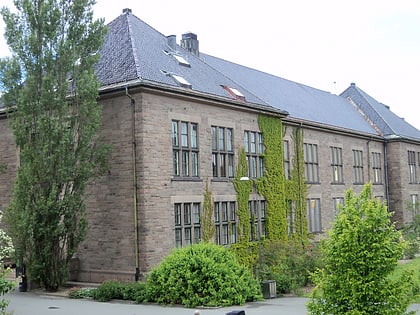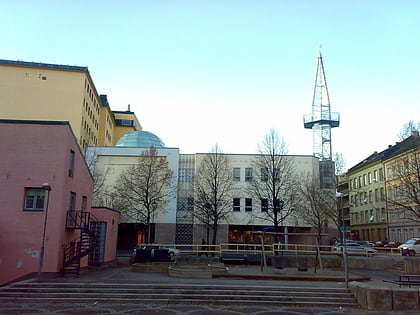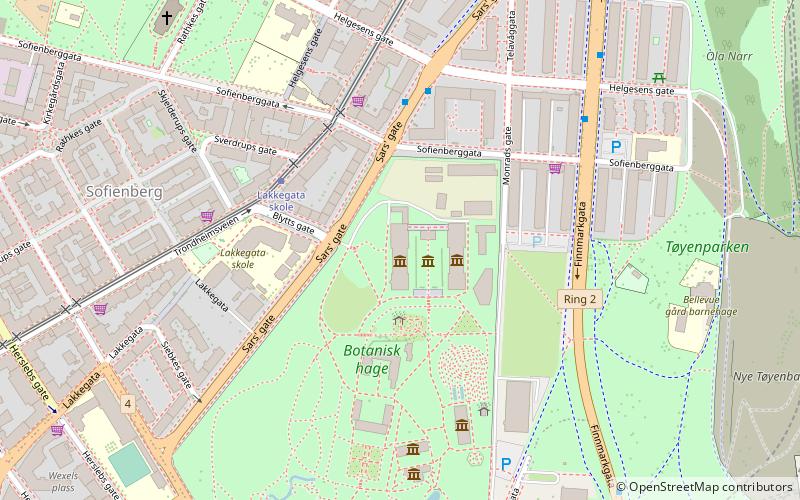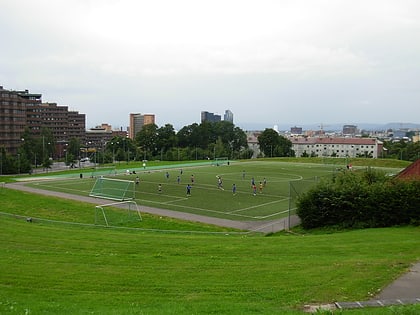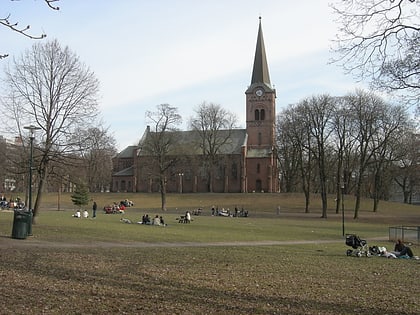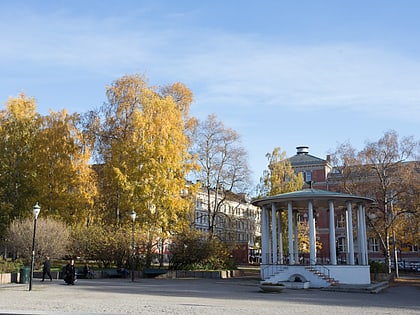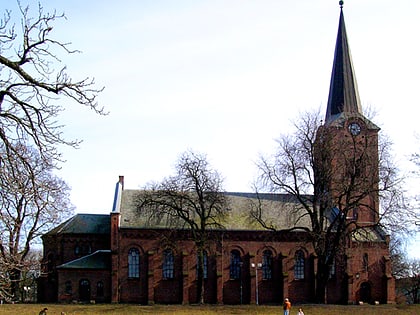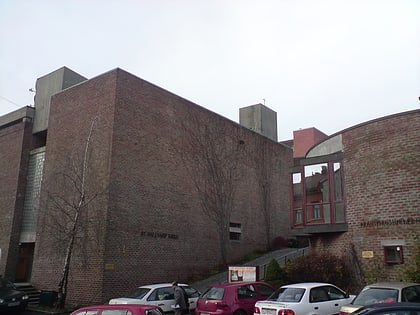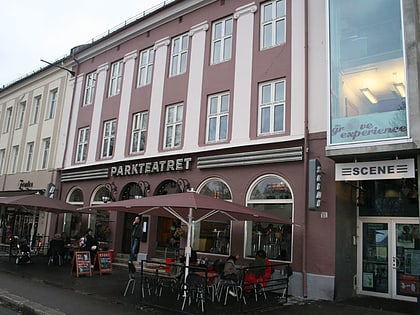Geology Museum, Oslo
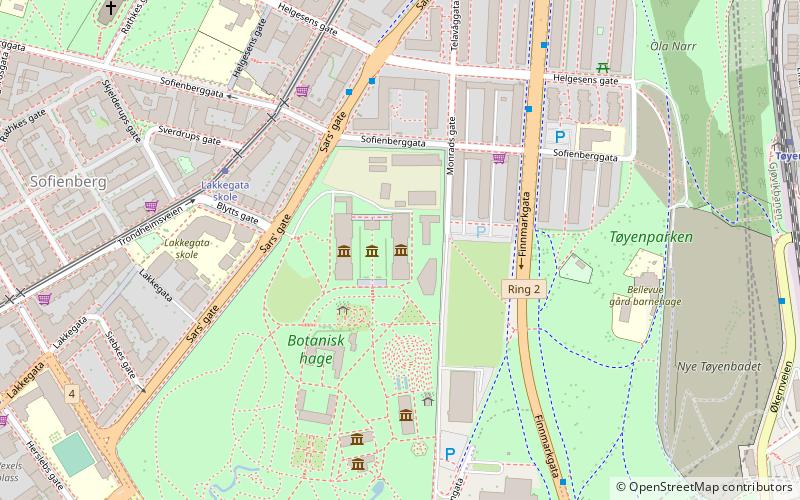

Facts and practical information
See also article on the Geological Museum in Copenhagen.
The Geological and Paleontological Museum was established in 1917 and is part of the Natural History Museum at the University of Oslo. The museum was created on the initiative of Geology professor Waldemar Christopher Brøgger, and the public got access to the exhibitions from 1920. When the museum's new building on Tøyen was started in 1911, it was 100 years after the mineral collection at the Bergseminar at Kongsberg was transferred to the new university.
The museum is responsible for the university's scientific collection of stone species, minerals and paleontological material. The museum also houses a library of books and journals in botany, geology, paleontology and zoology for researchers, students and visitors.
The museum is open to the public in paralel with the Zoological Museum in the neighboring building. The two museums are located in monumental, national romantic stone buildings in the Botanical Garden on Tøyen in Oslo.
On September 2, 2011, the building was officially renamed Waldemar C. Brøgger's house, on the occasion of the University's 200th anniversary.
Geology Museum – popular in the area (distance from the attraction)
Nearby attractions include: University Botanical Garden, Tøyenbadet, Natural History Museum at the University of Oslo, Central Jamaat-e Ahl-e Sunnat.
Frequently Asked Questions (FAQ)
Which popular attractions are close to Geology Museum?
How to get to Geology Museum by public transport?
Tram
- Lakkegata skole (4 min walk)
- Sofienberg (6 min walk)
Metro
- Tøyen (8 min walk)
- Carl Berners plass (13 min walk)
Train
- Tøyen (8 min walk)
- Carl Berners plass (13 min walk)
Bus
- Oslo Bus Terminal (19 min walk)
- Helsfyr T (29 min walk)
Ferry
- Munch Bjørvika • Lines: B9 (30 min walk)
- Salt brygge • Lines: B9 (33 min walk)
